What if, instead of leaving behind a grave, you could leave a living legacy? Imagine being transformed into a tree, growing tall and strong, providing shade and life long after you’re gone. This idea might sound unusual at first, but it offers a refreshing alternative to traditional burial practices. As more people become aware of the impact their choices have on the environment, greener options like biodegradable burial pods and human composting are gaining traction. These eco-friendly methods not only return us to nature, but also create lasting connections that can help heal our grief while positively impacting the Earth. Let’s explore how you can “become a tree” and what that journey entails.
The phrase “become a tree when you die” refers to eco-friendly burial practices, such as biodegradable burial pods or human composting, which allow for the transformation of human remains into nutrient-rich soil that can support tree growth. This sustainable practice emphasizes the natural cycle of life and enables individuals to leave a lasting legacy by contributing positively to the environment.
Why Choose to Become a Tree?
Embracing the concept of becoming a tree after death goes beyond mere symbolism; it’s an intimate and profound connection with nature that speaks to many human desires. Imagine the picturesque scene: your remains nurtured into a living organism that bears witness to life’s cycles as it grows and flourishes. In an age where environmental concerns sit high on people’s minds, this option presents a harmonious blend of legacy and sustainability, offering individuals a chance to physically contribute to the earth long after they are gone.
The act of transforming into a tree embodies a deep respect for our planet. People are increasingly disillusioned by traditional burial methods that consume vast amounts of land, materials, and introduce harmful chemicals into the soil. Opting for a biodegradable burial pod is not just about being eco-friendly; it symbolizes rebirth and continuous contribution to ecological balance. Each tree planted represents an opportunity to sequester carbon dioxide, helping combat climate change while fostering local wildlife habitats.
“The idea really gives life to the notion that we return to nature,” says Emily Roberts, whose family chose this path for her mother. “It’s symbolic of life’s continuity rather than an ending.”
Consider the value added not just for the environment but for future generations as well as our personal legacies. By choosing this method, one holds the power to positively impact the lives of those who come after—creating shade for picnics, producing oxygen, or simply serving as a living memorial. Such trees can become places of reflection and connection for families, turning grief into growth.
Isn’t it comforting to think that your existence might continue in such a vibrant form? This notion can ease some of the anxiety surrounding death.
As we examine the specifics of this process, it’s essential to recognize that these choices offer more than just recycling our bodies; they reflect a fundamental shift in how society views life, death, and our shared responsibility towards the environment. This initiative encourages us all to think about our footfalls on the earth and how, even in death, we may leave behind a legacy that’s green and breathing.
How It Works: The Process Explained
The first step in this transformative journey is choosing the type of tree you wish to become. Common selections include hearty native species such as oak, maple, or even willow. Each tree offers its own unique qualities and environmental benefits, creating a lasting impact on the ecosystem. Alongside your chosen sapling, your remains—whether whole or cremated—are placed in a biodegradable urn or pod. These pods are not just vessels; they are specially designed to promote growth by incorporating nutrients that help the seedling thrive. Whether it’s made from organic materials such as bamboo, rice husks, or biodegradable plastics, these pods ensure a natural transition back into the earth.
Once your choice of tree and pod is settled, it’s time for the next pivotal step in the process.
After the selection process comes the actual planting of the pod. A significant aspect of this journey is placing the pod in a designated memorial forest or in a location chosen by family members—perhaps near a favorite hiking trail or under the shade of an existing grand oak. At Countryside Memorial Park, families have the option to choose picturesque spots within serene meadows or tranquil woodlands, ensuring that their loved one’s memory thrives amidst nature’s beauty.
As your pod settles into its new home, another important transformation begins.
As time progresses, the pod begins to decompose, allowing your remains to integrate seamlessly with the surrounding soil. This vital process enriches the ground with essential nutrients necessary for the sapling’s growth. Depending on various soil conditions and the properties of the chosen urn or pod, this integration can take anywhere from several months to a full year. During this time, what once was becomes an integral part of life itself—a nourishing foundation for newfound growth.
Finally, as nature takes its course, we witness a new life blossoming.
With nurturing care, this sapling will begin its upward journey toward becoming a mighty tree. Maintenance practices play an essential role during this stage; regular watering and mulching are crucial to support young roots. Additional fertilization might sometimes be necessary to ensure optimal health and growth. Not only does this symbolize a renewal of life after death, but it also embodies an enduring legacy that contributes positively to local ecosystems—promoting biodiversity and helping mitigate climate change through carbon absorption.
This entire process reflects profound interconnectedness between life and death, fostering harmony with nature while offering families a poignant way to remember their loved ones.
As we explore sustainable options for memorializing those we hold dear, we can gain further insight into specific tools that facilitate this eco-friendly transition.
Biodegradable Urns and Pods
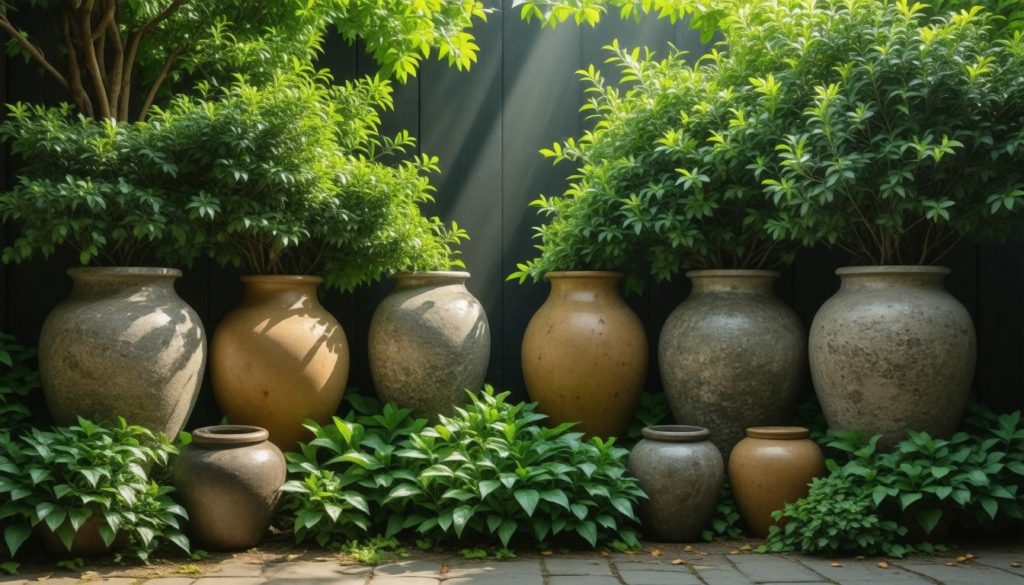
To begin with, it’s important to understand that biodegradable urns and pods come in various materials, each designed to support sustainable practices in unique ways. These materials are not just chosen for their eco-friendliness, but also for their ability to facilitate the transformation of human remains into nurturing properties for new life. Each type serves a dual purpose: honoring the departed while giving back to nature.
| Type | Material | Decomposition Time |
|---|---|---|
| Seedling Pods | Bamboo | 3-6 months |
| Cremation Urns | Coconut Shell | 9-12 months |
| Whole Body Pods | Mushroom Mycelium | 6-18 months |
Starting with seedling pods, these are often made from bamboo and are among the fastest decomposers. Within just three to six months, they break down and enrich the soil, providing immediate nutrients for a planted sapling or seedling. Imagine a young tree starting its life cycle nourished by your loved one’s remains — a strikingly beautiful thought.
Next, we have cremation urns, typically crafted from coconut shells. These urns decompose at a modest pace of nine to twelve months, allowing sufficient time for roots to establish themselves in the earth. This option strikes a balance between permanence and sustainability, merging traditional cremation practices with modern ecological awareness.
Lastly, although currently theoretical, whole body pods made from mushroom mycelium present an innovative vision for future burials. Designed to handle entire bodies, these pods take significantly longer to decompose — anywhere from six to eighteen months — but offer exciting potential in promoting soil health and supporting local ecosystems.
Selecting the right type of biodegradable urn or pod is essential because it directly aligns with one’s environmental goals. It’s not simply choosing a container; it’s about how you wish to be remembered and how you want your final act to contribute positively to the earth. By opting for these alternatives, you’re participating in a meaningful cycle that honors your legacy while fostering new growth in nature’s embrace.
Now imagine not just leaving behind memories but also trees that can grow for generations. This perspective shifts our understanding of legacy and connection between life and death, linking us perpetually to the natural world around us.
Emotional and Memorial Aspects
Opting for tree burial creates a unique and lasting connection between the departed and their loved ones. This memorializing approach transforms death into an opportunity for life to flourish, as new trees grow from loved ones’ remains. This connection fosters both healing and remembrance, allowing families to visualize their loved ones in nature’s embrace. It’s not solely about honoring someone’s life but also about integrating their memory into the living world around us.
One of the most heartwarming aspects of this practice is the concept of memorial forests. Many memorial parks provide spaces specifically designed for families to visit and remember their loved ones. These designated areas allow relatives to engage with nature while reflecting on cherished memories, creating a sense of peace and continuity that resonates on a deeper level.
Picture yourself walking through a beautiful forest, each tree standing proudly as a testament to a life well-lived. Underneath the branches of these trees, you may find plaques that tell stories about those who have passed—who they were, what they loved, and the impact they had on their family and friends. This vision alone emphasizes how meaningful it can be to connect your legacy with the natural world.
John Mitchell beautifully captures this sentiment when he shares, “Visiting the memorial forest where my grandfather rests gives me a sense of closeness to him.” His experience showcases how a simple tree can become more than just wood and leaves; it evolves into a gathering spot for family celebrations, urging them to come together and reinvigorate their bonds despite loss.
Moreover, the act of planting a tree in memory creates not just a physical marker but an ongoing experience—each visit to the forest allows families to witness the growth and changes in their loved one’s memorial tree, symbolizing the continued journey of life.
Building Community Connections
These memorial forests are not only individual spaces for remembering loved ones but also become communal areas where people gather in support of one another. By sharing experiences in these serene environments, families forge connections with others who are going through similar situations. These interactions foster both understanding and empathy among community members as they navigate grief together.
Choosing tree burial aligns closely with many individuals’ desire for their memorials to reflect values centered around nature, connection, and legacy. Reports indicate that about 70% of individuals express a wish for their memorial choices to represent their beliefs, making eco-friendly options appealing across generations.
Research shows that 85% believe that becoming part of nature helps provide peace and connection through the lives left behind while 90% prefer memorials that allow for personal expression—such as planting trees—in memory of loved ones.
The choice to create living legacies not only fulfills these emotional needs but also encourages future generations to see death as part of life—a cycle where memories grow alongside nature, reminding us all that we are indeed connected in this intricate tapestry of existence.
As we explore the broader impacts of this philosophy on our environment, it becomes clear how interconnected our choices surrounding death and nature really are. Understanding these implications opens up a fascinating discussion on how we can foster sustainability through our legacies.
Environmental Benefits
Choosing an eco-friendly burial option like tree pod burial is not just a personal choice, but a significant contribution to the environment. Traditional burial and cremation practices come with a hefty ecological price tag. For instance, a typical cremation emits approximately 535 pounds of CO2 per body, contributing to greenhouse gas accumulation in our atmosphere. In contrast, when you choose to become a tree, you effectively transform into a living organism that absorbs around 48 pounds of CO2 annually. This act represents an impactful reduction in carbon emissions and aids efforts to combat climate change head-on.
Promotes Biodiversity
Moreover, planting trees fosters biodiversity, providing essential habitats for various species. A single tree can support thousands of insects, birds, and diverse wildlife forms. The interconnectedness of life becomes evident in such ecosystems: as trees grow, they create environments that nourish everything from fungi beneath the soil to birds in the canopy above. By promoting biodiversity through tree planting, we cultivate sustainable landscapes where different forms of life can thrive together.
Think about it—healthy forests serve as sanctuary zones for many endangered species while simultaneously improving air quality and absorbing excess water during storms. One tree can absorb significant rainfall, thereby helping to prevent flooding in urban areas. By opting for eco-friendly afterlife methods that involve trees, we’re giving more than just a tribute; we’re contributing to a balanced ecosystem.
The benefits are clear, yet it’s also vital to consider how individual choices can collectively lead to larger environmental impacts in our communities and beyond. As we navigate the landscape of eco-burial options, practical knowledge surrounding regulations and logistics remains crucial.
Legal Considerations and Practical Tips
Before you dive into the beautiful concept of becoming a tree after your life, it’s essential to navigate through the legal landscape surrounding tree pod burials. As eco-friendly burial options gain popularity, each state in the U.S. has developed varying regulations that govern these practices. For instance, while many states allow green burials, some may require permits or have specific depth requirements for interments.
Therefore, your first action should always be to check local laws regarding green burials.
Once you’ve established the general legal parameters, partnering with a licensed provider who specializes in green burials is vital. These professionals not only understand the required documentation and permits but also help ensure compliance with all legal standards. They’ll guide you through necessary steps while respecting your wishes.
Practical Tips
- Choose a Certified Provider: To navigate this new frontier smoothly, seek out providers certified by respected bodies like the Green Burial Council. Their expertise guarantees adherence to ecological and regulatory standards.
- Pre-plan Your Service: Take time to discuss your desires with family members. Documenting your wishes in a will can alleviate potential confusion and stress for your loved ones during an already difficult time.
- Consider Long-Term Care: One aspect often overlooked is ensuring post-burial care for your memorial tree. Coordinating maintenance plans is crucial as it helps keep the memory of your loved one vibrant, allowing future generations to appreciate it.
By following these guidelines, you streamline the process of securing eco-friendly burial options while embracing a more sustainable legacy. As you explore the transformative journey from ashes to roots, these practical tips can provide clarity amidst legal intricacies and emotional considerations, making it easier to leave behind an enduring impact on our planet.
In choosing an eco-friendly afterlife, you’re not just planning for yourself but also fostering a greener future for generations to come.


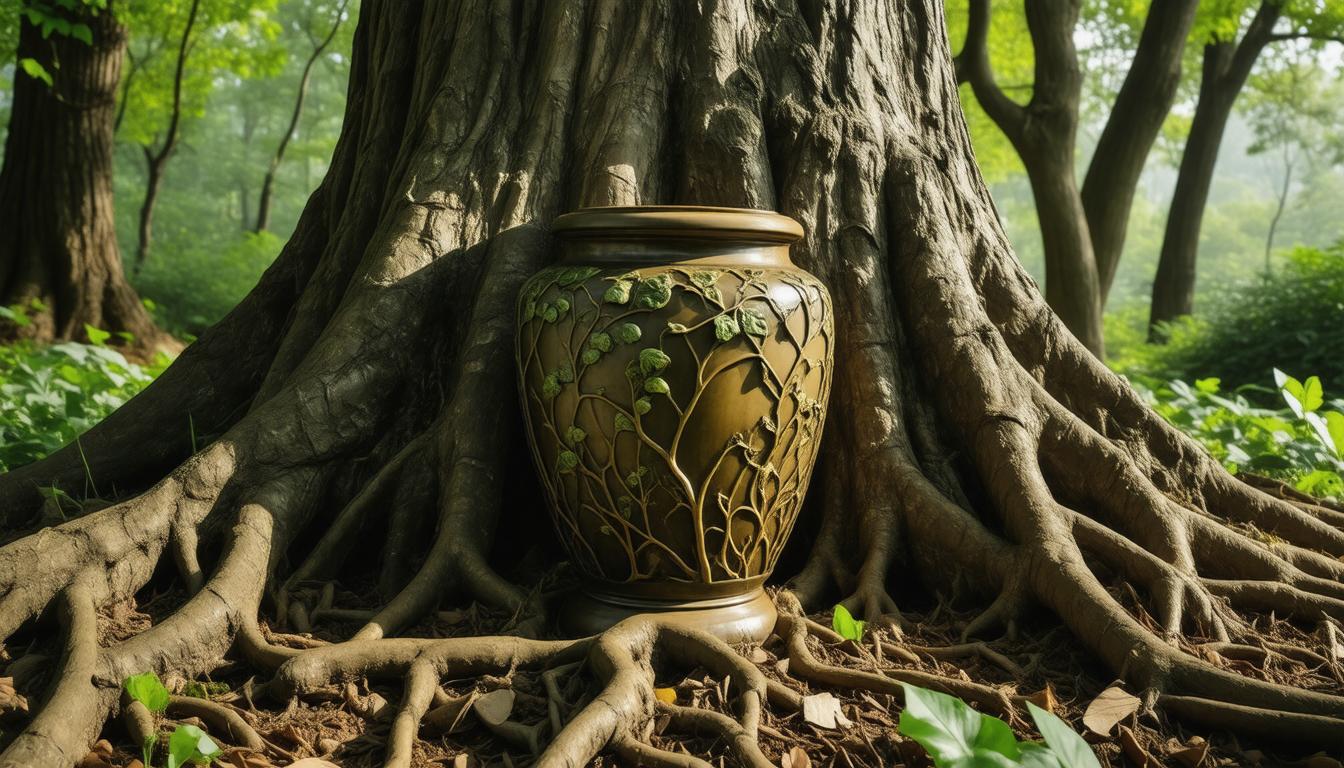
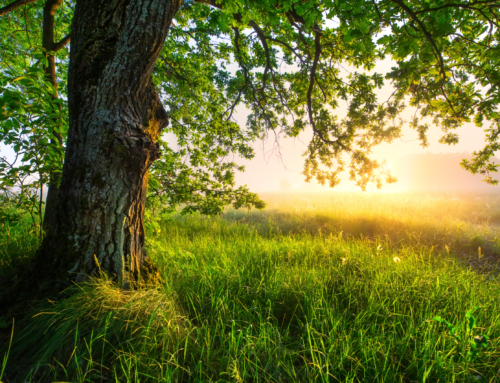
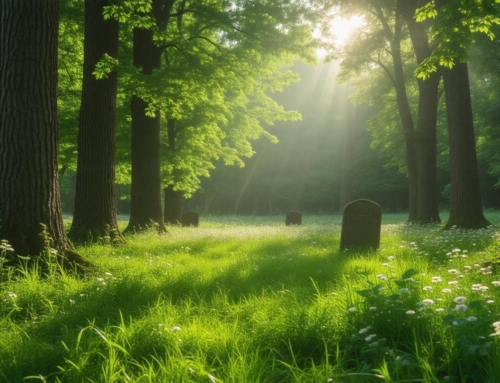
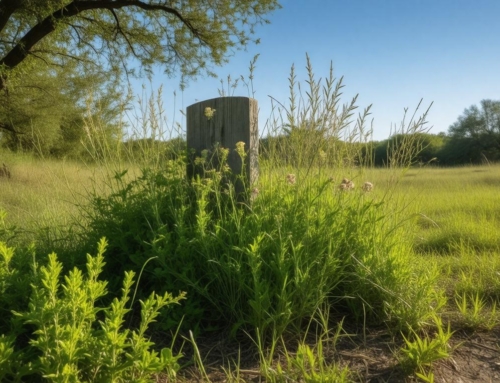
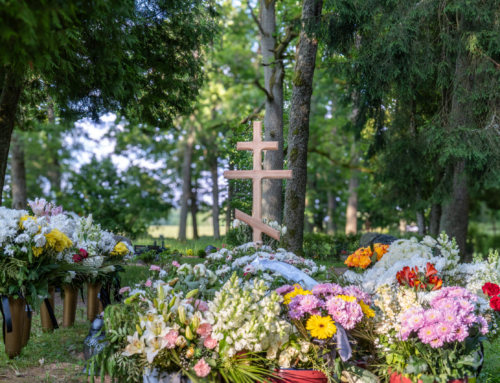

 Chrysta Bell Zucht is an internationally known Actor, Musician and the Steward of Countryside Memorial Park. She has always shared her father’s passion for Natural Burials, and upon his unexpected death in 2009 had the soul-satisfying experience of giving him the green burial he had always wanted. She remains deeply dedicated to Countryside and has vowed to continue to offer it as a serene, peaceful place for eco-conscious families to bury, memorialize and celebrate their Beloveds.
Chrysta Bell Zucht is an internationally known Actor, Musician and the Steward of Countryside Memorial Park. She has always shared her father’s passion for Natural Burials, and upon his unexpected death in 2009 had the soul-satisfying experience of giving him the green burial he had always wanted. She remains deeply dedicated to Countryside and has vowed to continue to offer it as a serene, peaceful place for eco-conscious families to bury, memorialize and celebrate their Beloveds. Music adds a memorable and deeply moving element to any ceremony, especially if it is music that your Loved One loved.
Music adds a memorable and deeply moving element to any ceremony, especially if it is music that your Loved One loved.